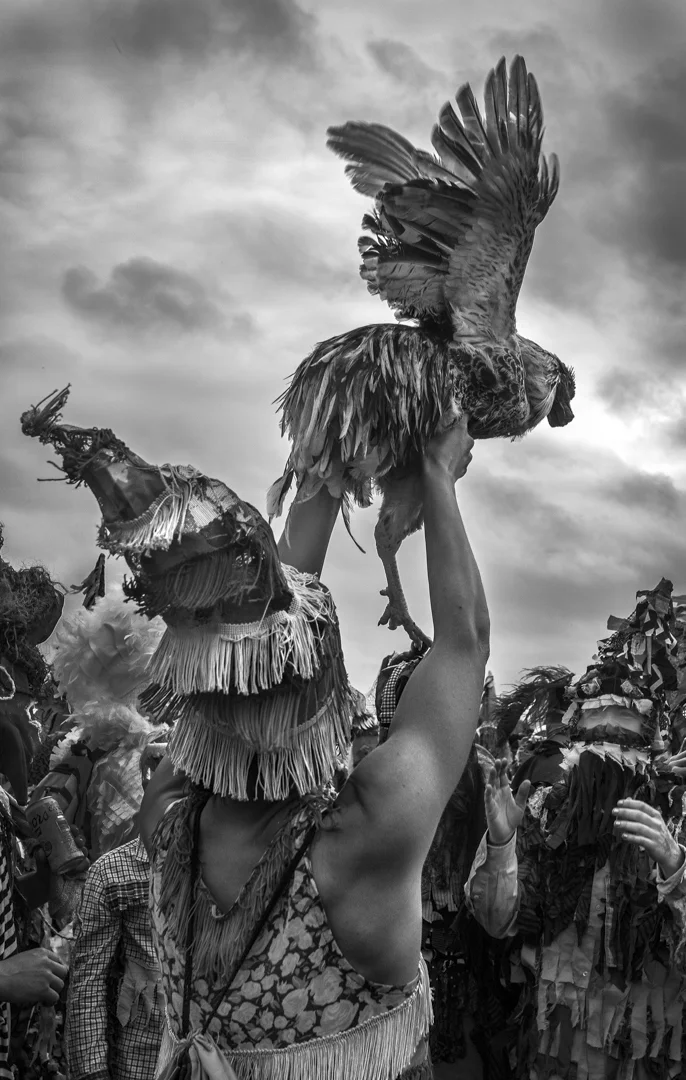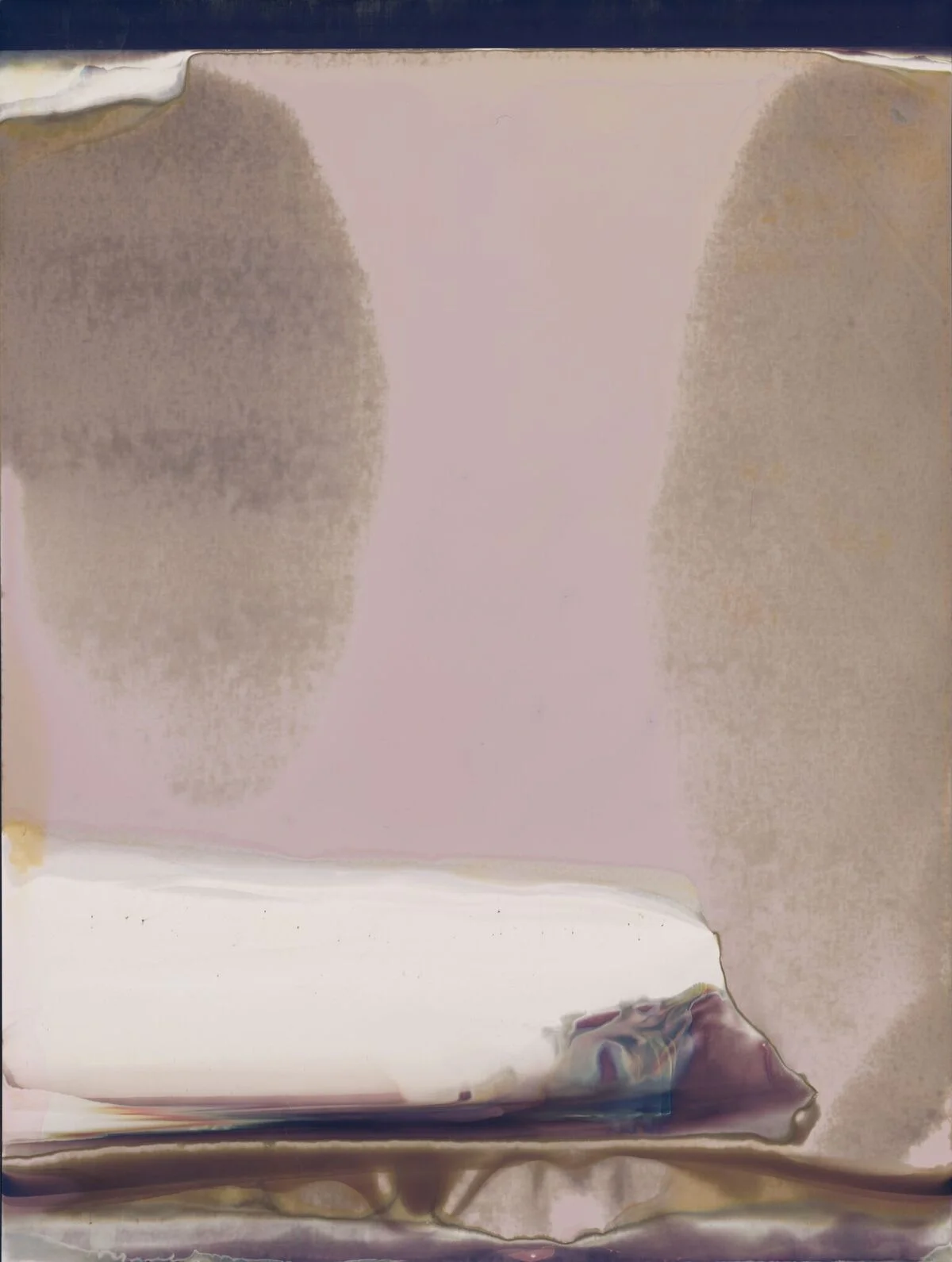Haven't the Heart to Destroy This One
"I have destroyed 300 prints to-day. And much more literature. I haven't the heart to destroy this..." Alfred Stieglitz in a letter to Georgia O'Keefe, 1929.
I can’t decimate myself into ideal fragments. If I were able to do so, the pieces would fit back together into the perfect jigsaw of an orange peel. I don’t understand how art is contained in a form; -nothing I love has anything to do with shapes. In mornings when our doffed night clothes are Dali-ed around our lovers’ room, we will stop and wonder: how materials came to proceed and dictate the course of Art.
I say, it’s because we are artists. My lover looks at me, and I think she must have said, “Yes, we are artists.” But I don’t remember it with her voice. It can’t be form, but it’s all I can understand of love. Then again, love is wont to induce euphoria and delusions of artistic grandeur.
What form then can love take? We’re creatures hungry to qualify, to say we know, and mean it. To love someone all day-night long, to undress yourself slowly, so slowly it takes the rest of your life to lose and then to find each other, reassuring by touch and silence what no one else has ever known to exist except the two of you in that moment. Something so elusive can’t be bound by rules or form. One tries to capture it in a photo, to color it in a painting, and some get extremely close. Those are the ones, I think, who were in love.
A photo of Georgia O'Keefe taken by Alfred Stieglitz in 1918
Georgia O’Keefe and Alfred Stieglitz met in 1916 when Stieglitz was 52 and O’Keefe was 28. Alfred was already a prominent, if not iconoclastic photographer and gallerist in New York, while Georgia was mostly unknown and only beginning to discover her style as an artist. The two came together after some charcoal drawings Georgia had created were shared with Alfred by a friend of Georgia’s. Alfred was immediately struck by the expressions of Georgia’s work and she by his profound reception of it. From the very start, they recognized each other like Rembrandt strangers in a world of Monet. The two began corresponding about art via letters, which quickly escalated into flirtations and more personal exchanges.
Alfred was a married man when he met Georgia. He’d long been wed to the younger sister of a friend, in what was widely known as a loveless marriage. He also had a daughter with his wife, who was more or less exclusively reared by hired nannies, while Alfred focused on his career. It is said that he was a deeply devoted father. And Alfred was a man of devotion. He was a lover of art and gave himself completely over to it, working himself penniless and into episodes of collapsing from exhaustion.
For the first several years, Alfred and Georgia’s relationship existed for the most part through the correspondence of letters, hardly knowing one another. After Georgia wrote Alfred of her grief over the death of her mother he wrote back to her, “How you must suffer now. In silence. Heroically. No one to know - not even self.” Their intimacies went on like this until as Georgia wrote, “Having told you so much of me - more than anyone else I know - could anything else follow but that I should want you.” Their mutual loneliness and deepening affection for one another finally brought them together in New York City where Alfred provided a studio for Georgia in 1918.
Alfred Stieglitz 1929
Alfred began taking nude photographs of Georgia while his wife was away, until one day she walked in on one of their shoots. Alfred immediately left and found a place in the city where he and Georgia lived. Though the divorce process would take six years, Alfred and Georgia continued to live together, where Alfred would photograph Georgia almost obsessively in what was recognized as the most prolific time in his career, between 1918-1925.
Alfred said he had found in Georgia his “twin.” It was the relationship he had been waiting for his whole life. For those who have known that exceptional assault on the soul, you contort your whole life around the hope of your existence with another’s in a kind of singularity. And contort themselves, they did. They took the starch out of each other in those years, running like kids up the stairs to make love in the afternoon, hardly waiting to shut the door before throwing their clothes off. It was wild and passionate. And as wild things are untamable, so too were they.
A photo of Georgia O'Keefe taken by Alfred Stieglitz in 1920.
It seems they learned more from each other than they really should have in order to remain together. They were too hopeful for the other, and too desperate for their own affairs and stabilities. Georgia took off to New Mexico in an attempt to find herself both artistically and spiritually in what would become a pinnacle decision in their relationship. From that point on the couple never consistently lived together again, though they wrote thousands of letters over the years, sometimes three or four times a day. Their romance waxed and waned, but their passion for each other never dulled against the tides of time.
A photo of Georgia O'Keefe taken by Alfred Stieglitz in 1918
Georgia wrote to Alfred she was coming alive in New Mexico, she was discovering color in the mountains and in her art. In one of Georgia’s earliest letters to Alfred she wrote, “And I hate to be completely outdone by a little thing like distance.” But Alfred was deeply insecure about the distance of his relationship with Georgia, and in some absurd expression of his pain he become a hypochondriac, and then began an affair with a much younger artist in New York, named Dorothy Norman.
Alfred’s affair with Dorothy continued until his death in 1946, causing Georgia much pain over the years, yet the two always remained in contact. When Georgia was notified of a stroke that Alfred had in the summer of ‘46 that left him in a coma, she immediately flew to New York to be with him. When she arrived at the hospital his mistress, Dorothy Norman was in the room, but Dorothy left when Georgia came and Alfred passed away with Georgia in his hands. Georgia spread Alfred’s ashes at the lake he took to as retreat throughout his life, where as Georgia said, “[I] put him where he could hear the water.”
© Arnold Newman. Alfred Stieglitz and Georgia O'Keeffe, 1944
Two of the greatest artists of the 20th century lived a tangled romance of passion, art, infidelity, distance, sickness, success, and devastation. An enduring, relentless affair that bore works of art we recognize as some of the most exceptional pieces of the era. Georgia O’Keefe and Alfred Stieglitz both stand alone as artists, but together they transcended into some ineffable expression, because lest we forget, they were also famous for falling in love.
Alfred Stieglitz and Georgia O'Keefe














